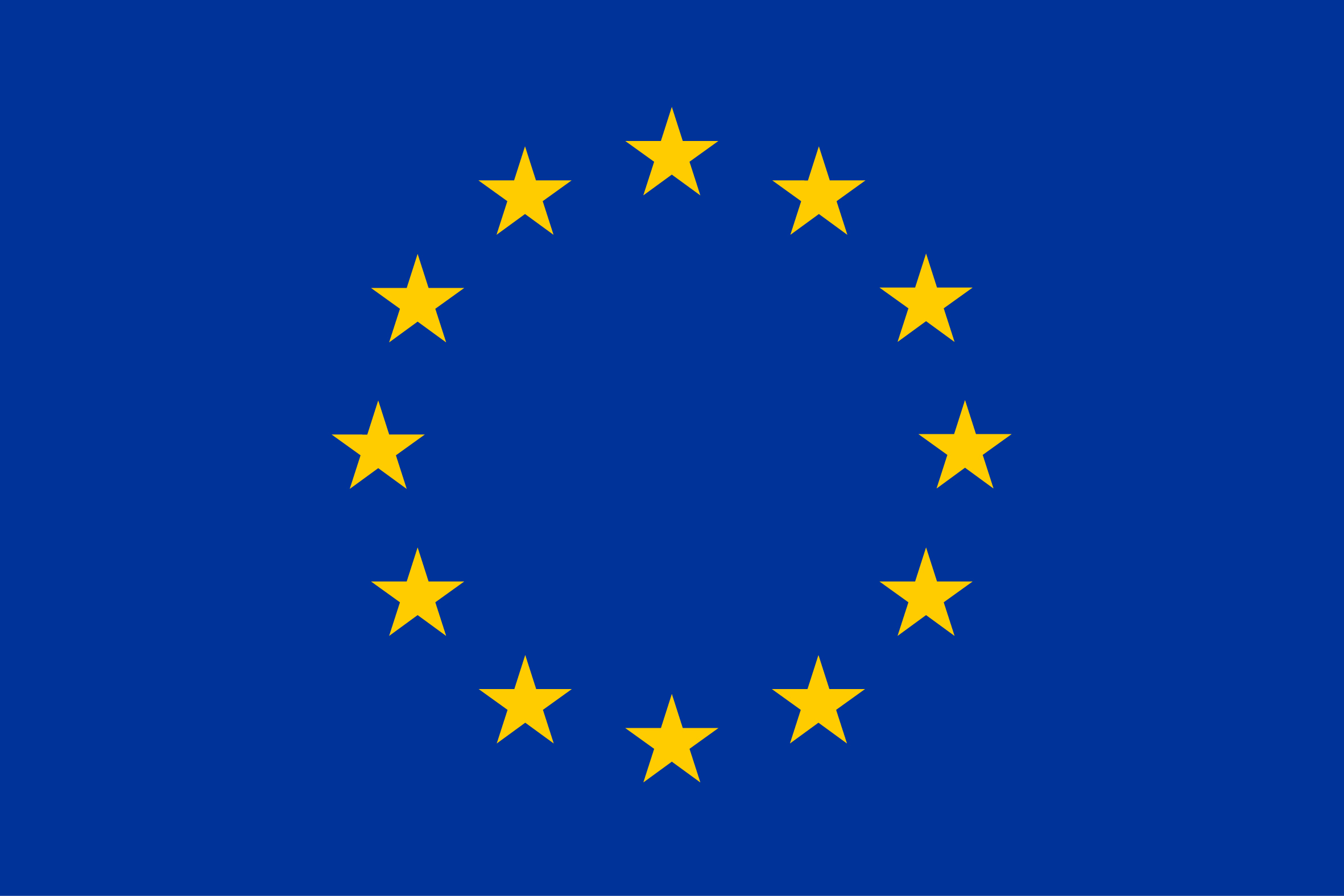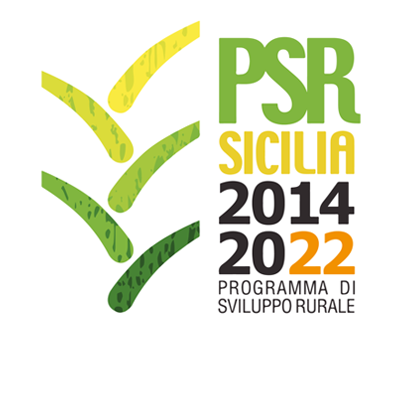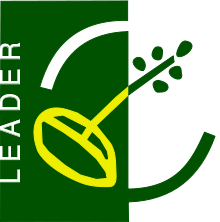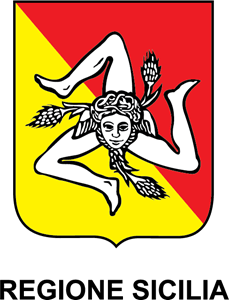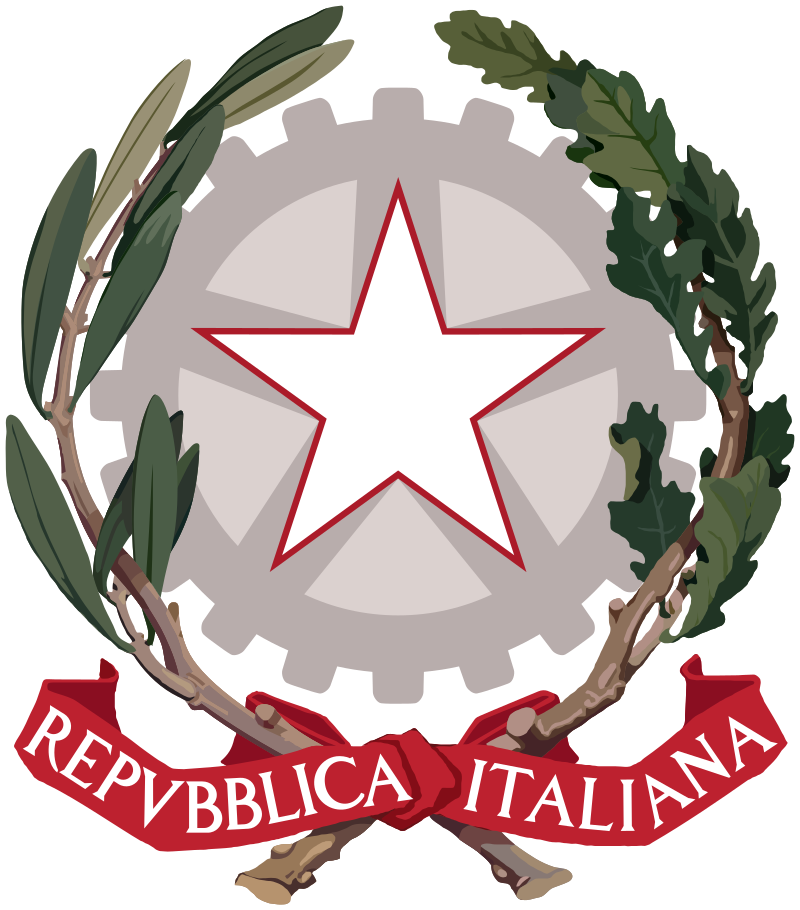Mojosari
Country
Specie
ISO3
IDN
Language
Indonesia
Description
Mojosari duck is allegedly derived from the original Indonesian ducklings (Anas Java) and wild ducks/mallards that have been hereditary for generations by the people of Modopuro village, Mojokari Sub-district, Mojokerto
Other name
Anas domesticus, Indian Runner Duck
Breed classification (adaptedness)
Locally adapted
Breed classification (geographic)
Local
Additional information
mostly dark brown feathers, black shank and feet, and also black beaks
Additional information comments
drakes have darker heather color with some white plumage around chest area
Adaptability to specific environment
ability to adapt well to the limitations environment
Specific reproductive characteristic
age of the first spawn: 22-24 weeks
Skin colour
White
Shank and foot colour
Black
Plumage colour
Brown
Pattern within feather
Barred, sex-linked
Avian classification
Middle level
Color comments
Males and females generally have a reddish color with variations of brown, black, and white. The difference is beak and legs with darker color in males than females.
Weight males
1.70
Weight females
1.60
Other specific visible traits
Bottle-shaped body and upright, with a relatively small size. Males form curved tail feathers up to 1-2 sheets, called feather crown or sex feathers. Eggshell has bluish greencolor.
Herdbook
n
Domestication status
domestic
Taxonomic classification
Breed
Description of origin
A result of crossing between Indonesian Ducks (Anas Java) and wild duck / mallard and adapted by generations in Modopuro Village, Mojosari Subdistrict, Mojokerto District, East Java.
Location within country
mostly concentrated in East Java Province, and also found in South Sulawesi
Local cryo conservation status
No Material
Local Risk
Unknown
Detailed local risk status
Unknown
MojoMaster-1 Agrinak
Country
Specie
ISO3
IDN
Language
Indonesia
Description
has a feather color pattern like the Mojosari duck, but with a white fur line above the eye (eyebrow) resembles Alabio duck
Other name
Mojosari Terseleksi
Breed classification (adaptedness)
Locally adapted
Breed classification (geographic)
Local
Additional information
Age at first laying 22 – 24 weeks. Egg production 250 eggs/year Excellent on producing Female Stock for laying ducks Intensive management Hatch ability 85%.
Specific reproductive characteristic
age of the first spawn: 22-24 weeks
Skin colour
White
Shank and foot colour
Black
Plumage colour
Various color
Pattern within feather
No special pattern
Avian classification
Laboratory
Color comments
Male : blackish brown chest, and black tail, foot and beak Female : brown chest and tail, and black foot and beak.
Weight males
1.50
Weight females
1.40
Other specific visible traits
Feather line on the top side of the eyes.
Herdbook
n
Description of origin
Selected Mojosari egg production duck raised for four generations.
Year of origin
2009
Import
No
Location within country
West Java, South Kalimantan, East Java
Local cryo conservation status
No Material
Local Risk
Not at Risk
Detailed local risk status
Not at Risk
Maros
Country
Specie
ISO3
IDN
Language
indon.
Breed classification (adaptedness)
Locally adapted
Breed classification (geographic)
Local
Domestication status
domestic
Taxonomic classification
Breed
Description of origin
indigenous breed
Local cryo conservation status
No Material
Local Risk
Unknown
Detailed local risk status
Unknown
Magelang
Country
Specie
ISO3
IDN
Language
Indonesia
Description
has a large body shape
Other name
Plontang/Kalung
Breed classification (adaptedness)
Locally adapted
Breed classification (geographic)
Local
Additional information
The ability of egg production is good enough
Adaptability to specific environment
can develop in areas with an altitude of 200 - 600 m dpl
Specific reproductive characteristic
age of maturity: 5-6 month
Skin colour
White
Shank and foot colour
Black
Plumage colour
Brown
Pattern within feather
No special pattern
Avian classification
Indigenous
Color comments
brown with a variety of light brown to old or black and often found a total color black and has a special sign of a white necklace on the neck.
Weight males
1.80
Weight females
1.50
Other specific visible traits
His posture is not so straight with a rather short neck
Herdbook
n
Description of origin
indigenous breed
Location within country
Magelang district, Central Java Province
Local cryo conservation status
No Material
Local Risk
Unknown
Detailed local risk status
Unknown
Kisaran
Country
Specie
ISO3
IDN
Other name
Branti, Mendalung., Serati, Mranti
Breed classification (adaptedness)
Locally adapted
Breed classification (geographic)
Local
Weight males
3.50
Weight females
3.50
Domestication status
domestic
Taxonomic classification
Breed
Description of origin
Crossbred between the Indian Runner and the Miscopy ducks.
Location within country
Sumatra
Local cryo conservation status
No Material
Local Risk
Unknown
Detailed local risk status
Unknown
Khaki-Campbell
Country
Specie
ISO3
IDN
Language
eng.
Transboundary name
Khaki Campbell
Breed classification (adaptedness)
Exotic
Breed classification (geographic)
International
Domestication status
domestic
Taxonomic classification
Breed
Local cryo conservation status
No Material
Local Risk
Unknown
Detailed local risk status
Unknown
International Transboundary Risk detailed
Unknown
Jawa
Country
Specie
ISO3
IDN
Language
Indonesia
Other name
Jawa, Indian Runner
Breed classification (adaptedness)
Locally adapted
Breed classification (geographic)
Local
Domestication status
domestic
Taxonomic classification
Breed
Description of origin
indigenous breed
Local cryo conservation status
No Material
Local Risk
Unknown
Detailed local risk status
Unknown
Cihateup
Country
Specie
ISO3
IDN
Language
Indonesia
Description
The Local ducks are grown in the region Tasikmalaya, West Java
Breed classification (adaptedness)
Locally adapted
Breed classification (geographic)
Local
Additional information
when walking forward, the body forms an angle between 60 and 70 degrees with the ground. At the time of running fast, the body upright forms an angle approaching 90 degrees with the ground
Adaptability to specific environment
adapt to cold environmental temperature
Specific resistance or tolerance
long of egg production 11-15 months
Skin colour
White
Shank and foot colour
Black
Plumage colour
Brown
Pattern within feather
No special pattern
Avian classification
Indigenous
Color comments
Males (part of neck, chest, along the backbone, side body and dark brown tail) Females (all parts of the body are brown)
Weight males
1.77
Weight females
1.71
Other specific visible traits
long neck, small head and long beak
Herdbook
n
Description of origin
Local ducks that were in the region tasikmalaya of West Java province
Location within country
the region tasikmalaya of West Java province
Local cryo conservation status
No Material
Local Risk
Unknown
Detailed local risk status
Unknown
Cherry-Valley 2000
Country
Specie
ISO3
IDN
Language
eng.
Breed classification (adaptedness)
Exotic
Breed classification (geographic)
Local
Domestication status
domestic
Taxonomic classification
Breed
Local cryo conservation status
No Material
Local Risk
Unknown
Detailed local risk status
Unknown
Belibis
Country
Specie
ISO3
IDN
Language
indon.
Transboundary name
Belibis
Other name
Anas boscha, Wild Mallard
Breed classification (adaptedness)
Locally adapted
Breed classification (geographic)
Regional
Local cryo conservation status
No Material
Local Risk
Unknown
Detailed local risk status
Unknown
Regional Transboundary Risk (detailed)
Unknown
